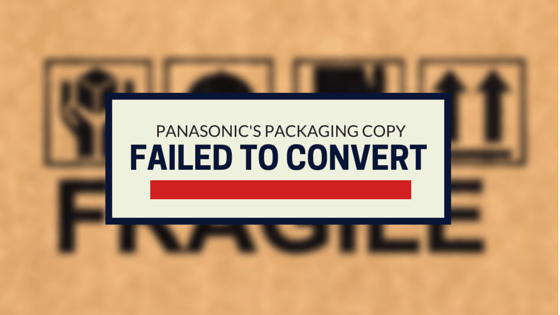When we talk about sales copy, we typically think of the copy on a website.
However, sales copy can also be found on product packaging. It works in the same manner — yet with a small benefit to having your potential customer touch and feel your product.
The ideal situation would be if you could speak to your prospect in person to address each of their concerns — whether with your product or service.
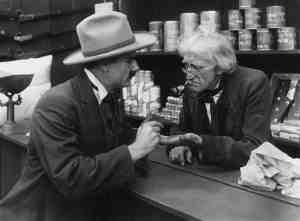
A little of that elixir, please.
Alas, for the majority of us, we are unable to speak to our prospects in person at the time of purchase so we must anticipate their objections in our sales and packaging copy.
No matter what product or service you might be selling, there are going to be conscious and subconscious objections to you offer.
Yeah, it would be nice if people would just reach into their wallet and pay you but that’s just not how it works.
This article will examine how Panasonic failed to convert me in the purchasing of their Eneloop rechargeable batteries.
Why?
I had objections to their product offering that could not be resolved by the copy on the packaging.
Anticipating objections in your sales copy and resolving them is a crucial element of writing copy that converts.
I’ll show you how Panasonic could have converted me and how you can anticipate and resolve objections in your sales copy.
I Wanted to Buy These Rechargeable Batteries But…
The other day I went to Costco to pick up a pack of AA batteries.
Normally I just buy the regular dry alkaline batteries; however, I was drawn to a product next to the Costco brand batteries at the end of the aisle: Panasonic Eneloop rechargeable batteries.
I had recently been thinking about how many batteries are thrown out every day and wanted to do my part to reduce battery waste, so the timing of me seeing the product was perfect for Panasonic.
I was ready to buy.
But first I wanted to know more about this product. How long will the batteries last? How many times can they be charged?How long does it take to recharge them?
When writing copy, it’s best to lead with benefits and support with features. However, Joanna Wiebe over at Copyhackers says there’s no hard and fast rule to this, just write what the customer needs to hear.
The benefit of me buying these rechargeable batteries? I’ve already mentioned it, but the benefit of buying these batteries would be to reduce battery waste on this planet (currently we chuck 6 billion batteries into landfills each year).
They were also pre-charged using clean energy (solar) and recyclable — another benefit of taking care of Mother Earth.
The other benefit to purchasing these batteries is my reduction in purchasing dry alkaline batteries (at least for five more years and as long as I have enough of the Eneloop’s in my house).
As for the features, let’s have a look at what was written on the packaging.
- Can be recharged up to 2,100 times
- Holds 70% charge up to five years
- Auto shut-off on charger
- Works in extreme temperatures (down to -4 F)
- Batteries can be recharged whether fully or partially drained
- Maintain a consistent discharge of energy
Everything looks good with the exception of one thing I needed to know: how long does it take to recharge one of these batteries? 20 mins? 1 hour? 4 hours?
The issue of recharge time was a key concern for me. When an electronic device dies in the house, I don’t want to have to wait very long before I can replace the battery.
Let’s see if we can find anything on the packaging about recharge time for the batteries:
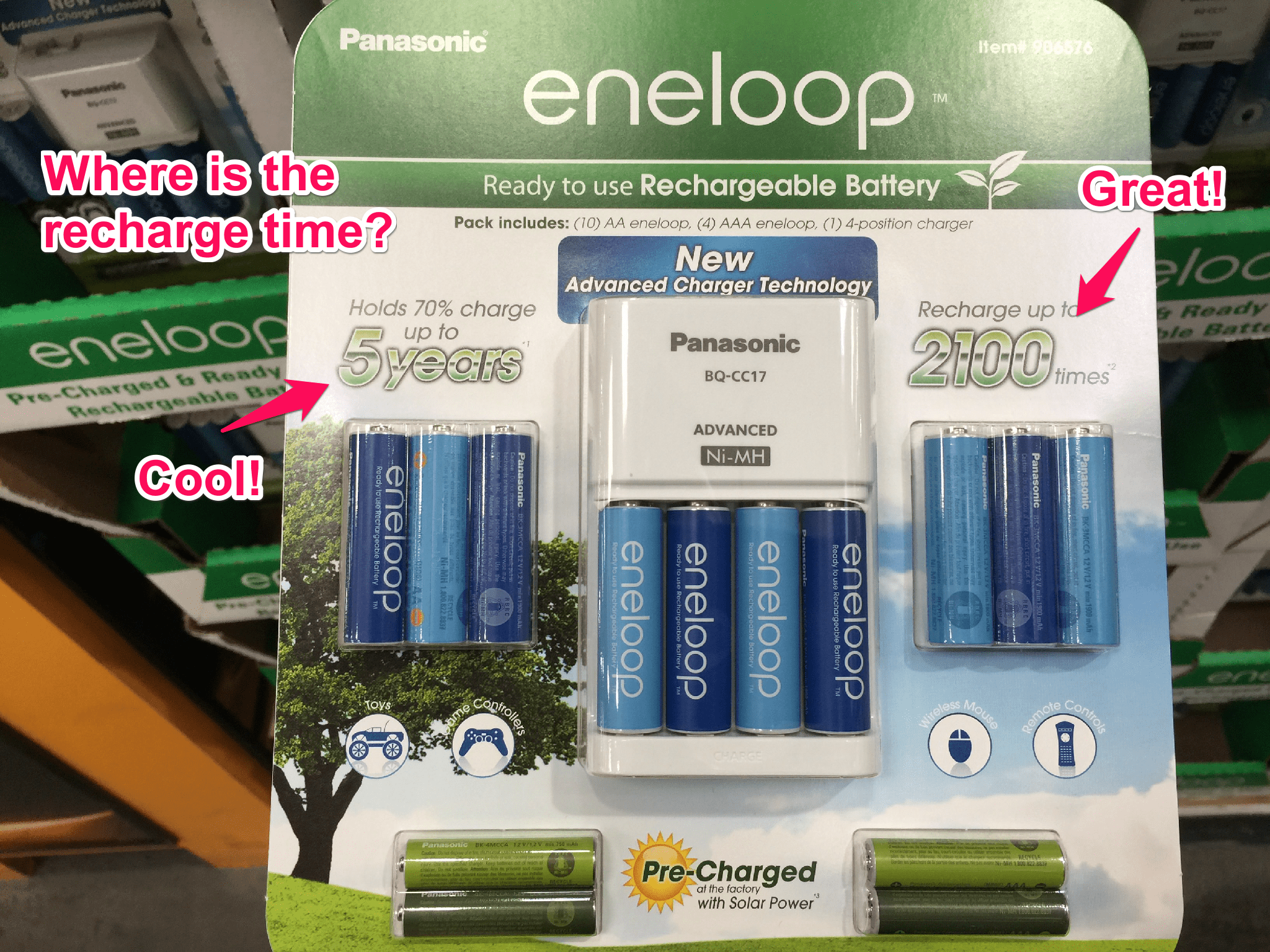
The back of the package:

Or, I could purchase two packs of the Costco brand for $26 and get 96 AA batteries.
Which is still cheaper but I wondered if I would burn through 96 AA batteries in five years (the life of the Eneloop batteries).
I’ve never tracked my battery usage, but I figured these packs of 48 last me about a year.
And yes, I could buy more Eneloop’s without the charger but those weren’t available at Costco. I also didn’t know how much a pack of them cost.
Ah, but the benefits! The benefit of not sending all these batteries to the landfill!
True. But that aside, I needed to know the recharge time.
Why? It comes down to convenience.
The convenience of walking to the cupboard and pulling from a pile of AA batteries whenever a battery powered device died on me and replacing the batteries within minutes.
In the end, this convenience outweighed the benefit of being environmentally friendly. Which may seem superficial but the packaging did not give me any indication whatsoever regarding recharge time.
I was willing to wait for the battery to recharge but not at the risk of waiting too long to get my devices back up and running.
I decided to stick with my Costco pack until I could do more research on the batteries.
Don’t Let Your Customer Leave to Do Research
Think about that last sentence in terms of internet marketing.
You have a landing page that sells a product. The goal of this landing page is to communicate to the prospect everything they need to know about your product.
Would you want them to leave your landing page to go do more research about your product before making the purchase?
Of course not.
They may have the intention of doing research but maybe they get distracted after leaving your page to Google your product.
A couple of hours pass and your prospect realizes it’s time to go home for the day. She gets home after a long day at work and is now in family mode (eating dinner with the family, helping kids with homework, etc.).
The research she was going to do on your product to (finally) make the purchase has been forgotten.
And by the time she remembers, your offer no longer seems that desirable to her. The effort to research and go back to your page is just too much.
She is gone forever.
How to Anticipate and Resolve Objections in Your Copy
Copywriter Joe Sugarman mentions anticipating and resolving objections in his book Advertising Secrets of the Written Word as one of the powerful copy elements to successful selling.
If you feel your prospect might raise some objection when you are describing your product or service, then raise the objection yourself.
Do this early on in your copy, the sooner, the better. Since you’re not in front of your customer, you have to sense what the next question might be.
If you sense there could be an objection and you ignore it, it’s like ignoring your potential customer. And you don’t want to ignore someone who is considering buying from you do you?
Just as you have to recognize objections, you must take this opportunity to resolve said objections. And when you do resolve them, be honest about it and provide alternate solutions or dispel the objections completely.
Let me provide some examples to illustrate this point.
Nest Thermostat
When the Nest thermostat first hit the market, they knew customers would have to install the thermostat on their own.
Therefore, they raised this objection and resolved it in their copy by offering installation service AND by showing three out of four customers installed Nest in 30 minutes or less.
Outcome: Objection resolved. 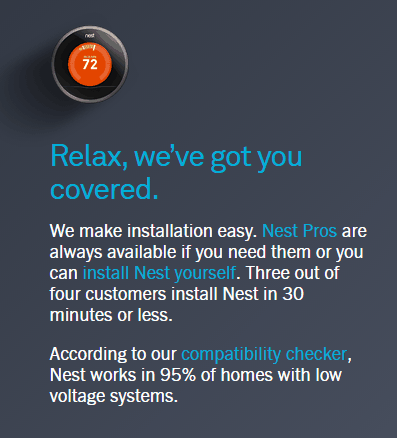 Insanity Workout
Insanity Workout
If your product is perceived to be too expensive for your customer, anticipate that objection and resolve it by explaining your price, the value of your product, compare it with the competition or, better yet, offer a payment plan.
The Insanity workout by Beach Body does just that: they anticipated people would balk at the $120 price tag, so they took the time to explain the value of their product and offered the product in three smaller payments.
The result?
Insanity has gone on to sell millions of copies of its hardcore workout program.
Outcome: Objection Resolved 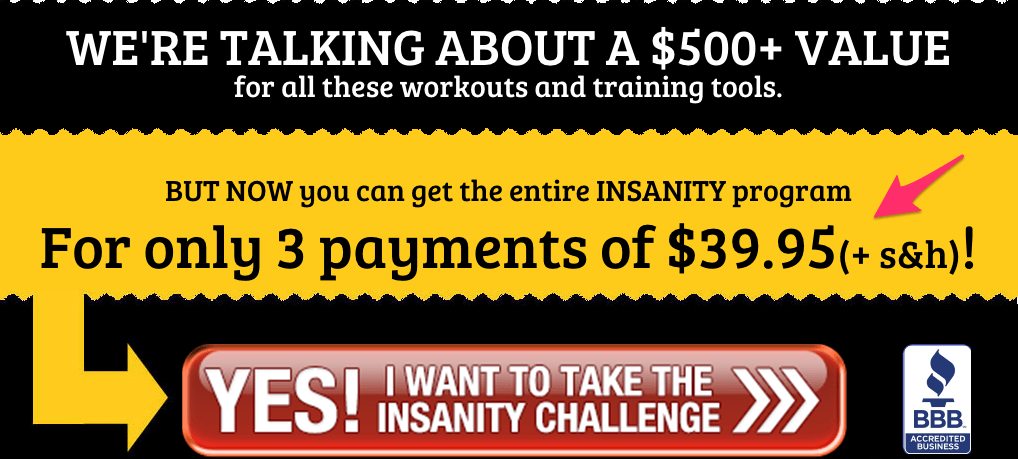 Trello Task Board
Trello Task Board
Sometimes people want to know if your product has specific features before signing up. In the case of Trello, one might want to report on the progress of tasks (such as burn up rate) for a particular project.
Be sure to outline all of your products features and speak to current and prospective customers about the features they like or wish it had.
Trello does not mention any offer of reporting within their application — only that they will not overwhelm users with features they won’t use. Only after some research (leaving the sign-up page) one can find there are third party add-ons available to provide reporting.
Outcome: Objection not fully resolved. 
Conclusion
When writing your landing page or sales page copy for your product or service, be sure to anticipate and resolve any objections your prospect may have.
Create a list of all the possible hesitations and objections. Then, add information to your sales copy to eliminate or alleviate those concerns (like the examples above). The list can contain things like:
- You don’t understand my problem (explain the problems your product solves)
- Why should I believe you? (show off your credentials, experience, awards, etc)
- What if it doesn’t work for me? (have testimonials of customers who have benefited from your product)
- It’s not worth the money, there are cheaper alternatives out there (explain your price, compare with the competition, prove the value your product offers)
There will always be friction during a transaction. It’s our duty, as the seller of the product or service, to reduce this friction.
The Panasonic example may be chump change for them but if YOU were selling a $29 product, wouldn’t you want me to buy it?

